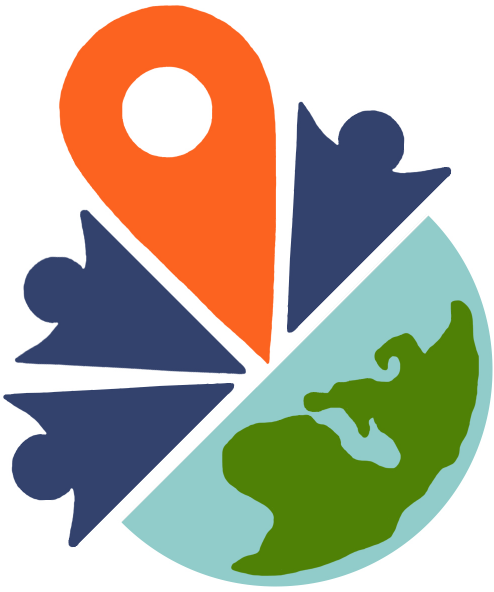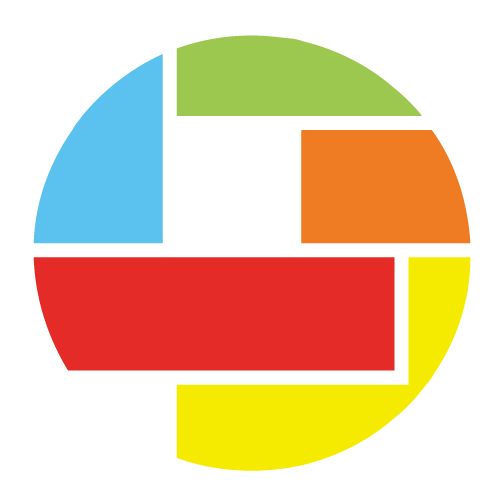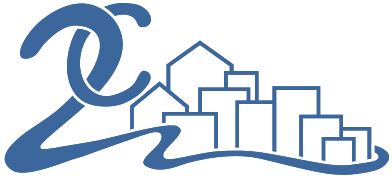Launched in 2014, MapGive is a U.S. Department of State initiative that encourages and increases volunteer participation in the global mapping community and facilitates the creation of open geographic data to support humanitarian and development efforts. For many places in the world, this data is incomplete or simply does not exist, and through mapping, volunteers can help to fill gaps in the data set to build a more sustainable future. MapGive emphasizes collaborative online mapping as a method to engage with local communities and organizations, with resonant themes including education, urban resilience, and humanitarian response, among others.
MapGive utilizes the U.S. Department of State’s unique capabilities to strengthen the open mapping community’s ongoing efforts. For example, MapGive provides approved humanitarian and development related projects with USG-licensed high-resolution satellite imagery through the Imagery to the Crowd program. In addition, MapGive leverages the Department’s global reach to amplify the open mapping community’s voice through social media and creates collaborative programming with existing State Department efforts to better serve humanitarian needs.
ABOUT OPEN MAPPING
Open Mapping is when individuals work together to contribute to a freely accessible map of the world. Crowdsourcing is an important method of Open Mapping, but many mappers work from the ground directly in their communities. Updated map data that is open and highly detailed helps play a critical role in humanitarian assistance and development programs. Learn about some of the groups mobilizing the global mapping community.



